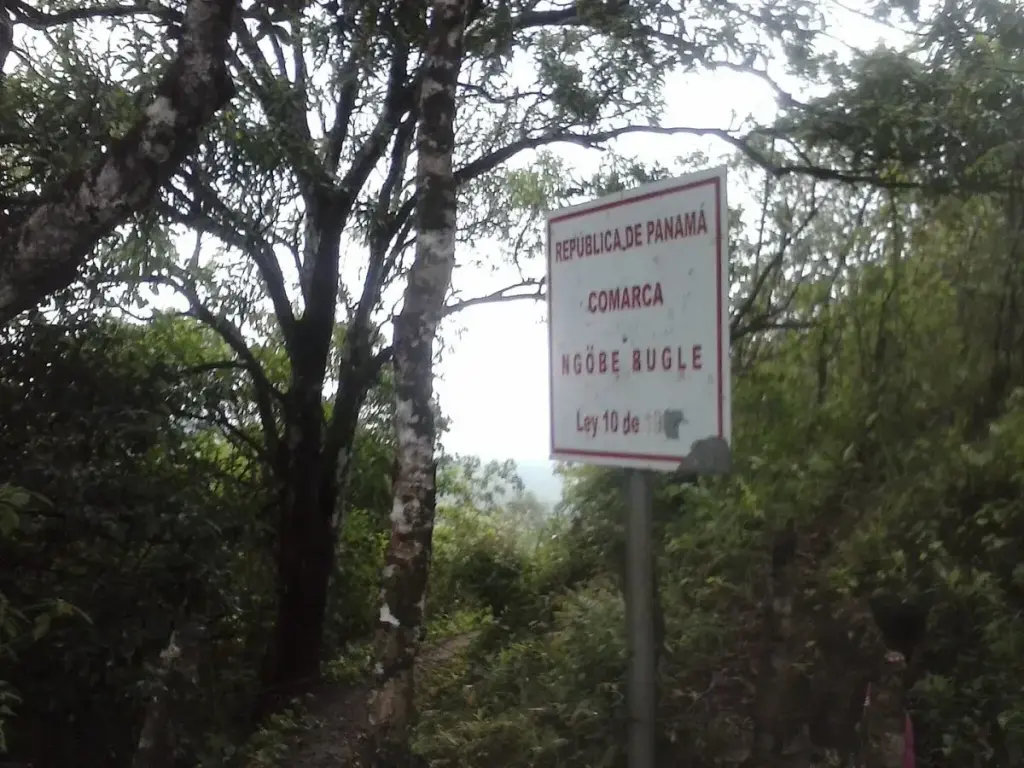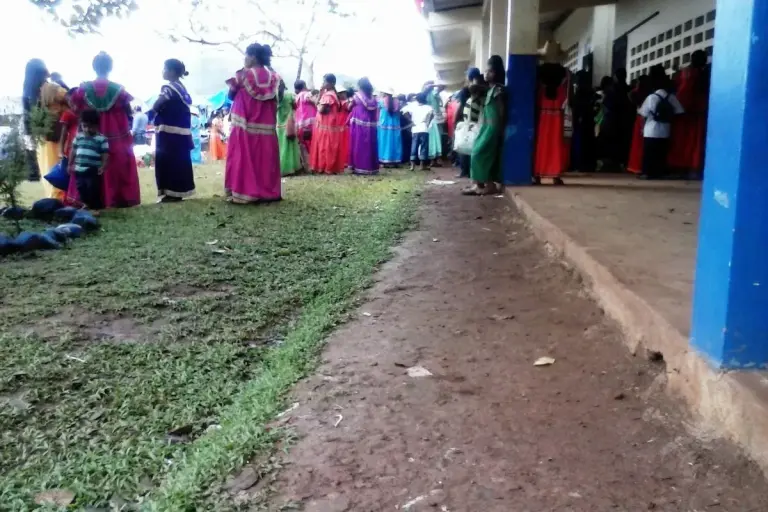Social movements have fundamentally shaped Panama’s national identity and legislative framework for over a century. These collective actions, driven by trade unions, community organizations, and human rights groups, consistently respond to systemic inequality, corruption, and the defense of marginalized populations. The ongoing influence of these social movements faces new tests today amid rising inequality and environmental challenges.
Analyst Noemí Aparicio documented the current state of these movements in a November 2025 assessment. She found their balancing role in society is now jeopardized by actions that challenge the status quo. The historical record, however, demonstrates an undeniable capacity for achieving concrete legal and policy changes.
A Century of Social Mobilization
Panama’s modern history of civic engagement features several pivotal campaigns. The tenant movement celebrated its 100th anniversary in 2025, marking a century since its initial uprising against rent hikes during the administration of President Rodolfo Chiari. This early expression of popular discontent revealed deep fissures between the authorities and the general population. It established a pattern of grassroots response to economic pressure.
Another landmark effort, the 1960 student movement, represented the first major coordinated social action of its kind in the country. University students organized to demand comprehensive reforms to the national education system. Their push for accessible, quality education awakened the political consciousness of an entire generation. It also laid the essential groundwork for future social movements by demonstrating the power of collective student action.
Labor unions have also played a definitive role. Throughout the 20th century, they united to fight for fair wages and decent working conditions. These sustained efforts culminated in the landmark enactment of Law 30 of 1972. This legislation established equitable labor relations and codified worker protections into national law, a direct result of prolonged social pressure.
Securing Indigenous and Territorial Rights
One of the most significant policy victories for Panamanian social movements came in the realm of Indigenous rights. Advocacy groups successfully secured official recognition for the nation’s Indigenous peoples and guaranteed their ancestral land rights. This achievement is materially evidenced by the passage of Law 72 of 2008.
That law formally established the Ngäbe-Buglé Comarca as an autonomous Indigenous territory. It stands as a powerful example of how sustained, organized public pressure can translate into concrete legislative action and transformative public policies. The comarca system grants a measure of self-governance and protects cultural heritage, addressing a core demand of the movement.
“It is imprudent to interfere with other municipalities,” Irma Hernández commented on Mizrachi’s statements about Galván. [Translated from Spanish]
Her statement reflects the ongoing political tensions that often surround local governance and external influence, a recurring theme in the dialogue between social actors and the state.

The Policy Making Framework
Theoretical models help explain how these movements effect change. According to scholar Luis F. Aguilar Villanueva, public policy functions as an analytical construct. It represents intentional, complex actions by the state designed to solve public problems. These actions integrate political and technical dimensions while pursuing rationality and effectiveness in public service.
Public policies are far more than simple government announcements. They are dynamic processes that evolve through distinct stages. The interaction between the state and various social actors is critical for identifying objectives and making problems visible. Political pressure from these groups creates the necessary opportunities for movement demands to enter the official policy arena.
This pressure has manifested recently in international forums. Panama received more than 20 recommendations concerning LGBTIQ+ rights during a session in Geneva. Such international scrutiny often follows persistent advocacy by domestic human rights groups seeking leverage for their causes.
Government Response Mechanisms
Authorities possess several methods for processing the demands of social movements, with the chosen approach depending heavily on political context and will. The most common official strategy involves initiating dialogue and negotiation. Representatives from activist groups are invited to discuss their grievances and explore potential solutions.
This process frequently leads to the creation of formal negotiation tables or joint working groups. A significant problem often arises after these dialogues conclude. Agreements signed at the conclusion of talks sometimes fail to materialize into tangible action. Implementing real change typically requires modifying existing legislation or developing entirely new policies, steps the government may be reluctant to take.
These dynamics are not unique to Panama. The global shift from Keynesian economics to neoliberalism in the 1980s profoundly impacted social policy worldwide. That paradigm change, characterized by state reduction, deregulation, and privatization, altered the fundamental relationship between citizens and government in many nations.
The most vulnerable sectors of society often bore the heaviest burdens from this transition. Access to well-being, health, education, housing, and basic services became more precarious. Making these sectors dependent on private provision frequently led to higher costs for citizens, a central concern for modern social movement advocates today.
Contemporary challenges like environmental degradation and the defense of excluded groups continue to test the model. The ability of community organizations to influence policy is being challenged more than ever. Yet the historical precedent is clear. From the tenant protests of the 1920s to the digital activism of the 2020s, Panamanian social movements have repeatedly demonstrated their power to shape the nation’s laws and its future.



